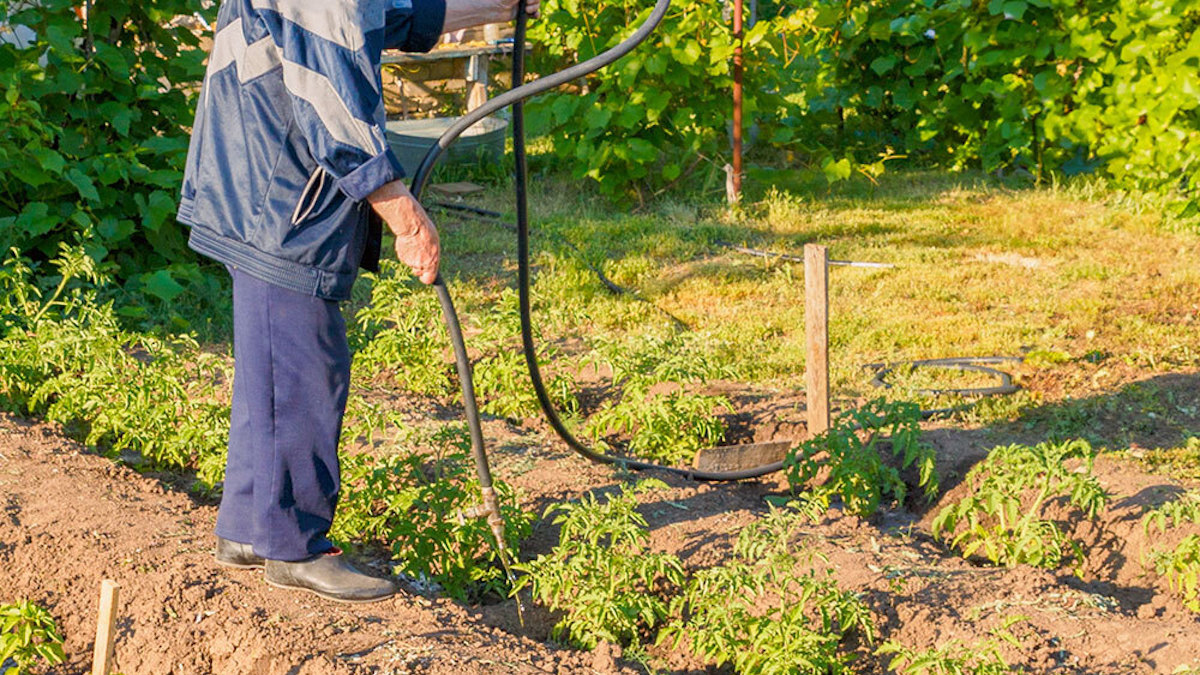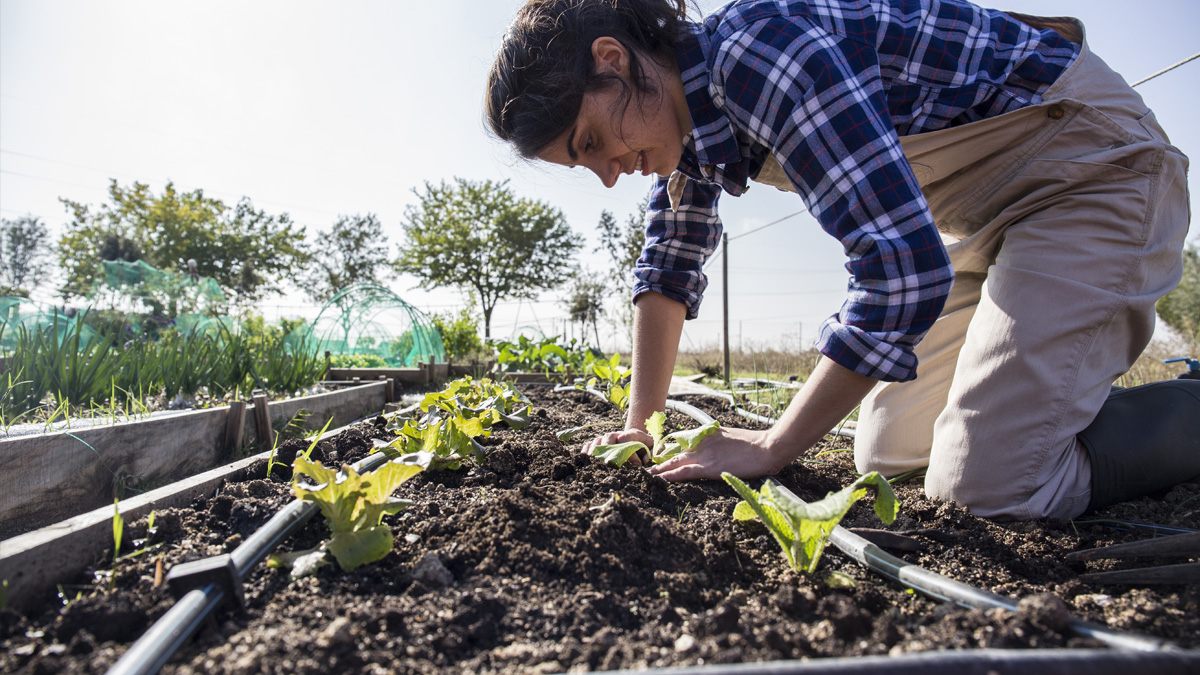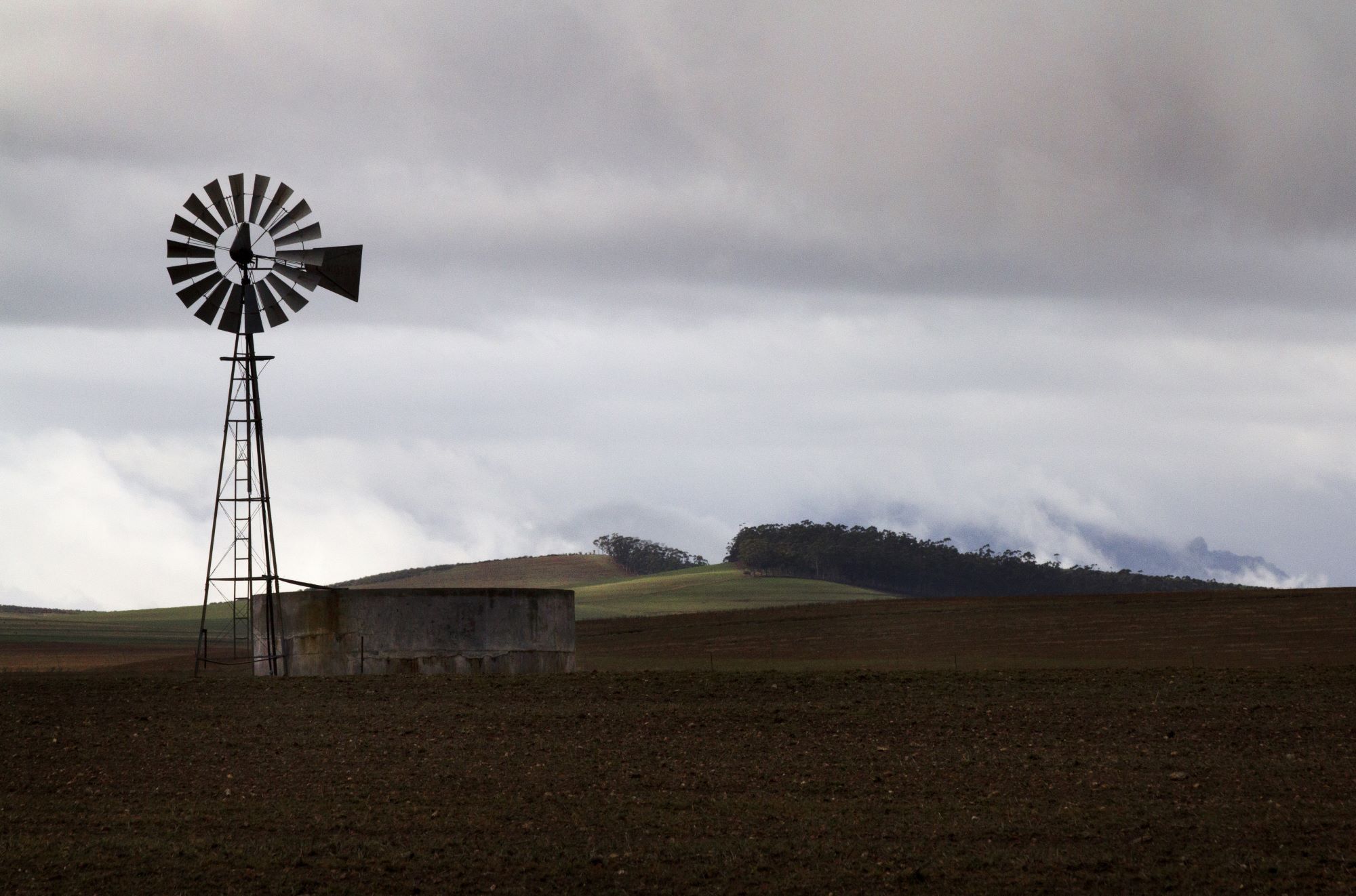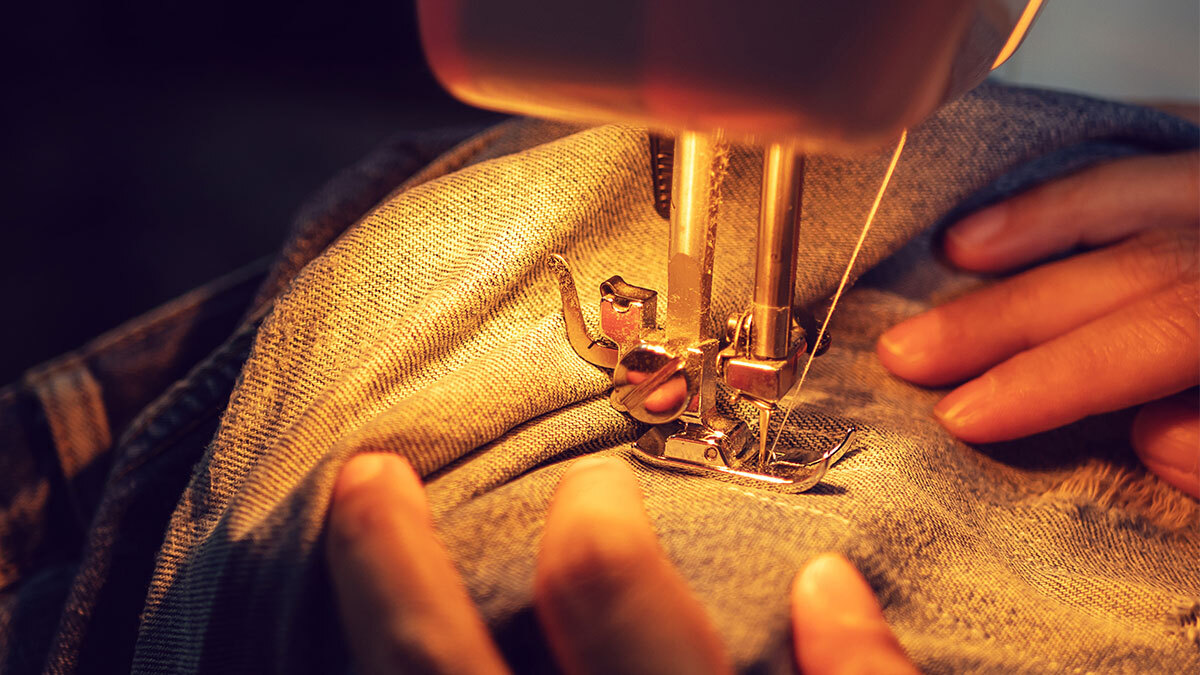on
Water is essential for survival and our livelihoods. Without it, we can’t eat, drink, bathe, clean—live. That’s why it’s critical to have a homestead water management plan.
Homesteaders strive to be self-sufficient, but without water, this is impossible.
Whether you plan to live off-grid and install your own water system or continue to use public utilities, you still need to have a water management plan.
Here’s why: You never know when something will happen that will make it more difficult to access water.
Let’s say your area goes through an extreme drought. Or maybe the local water is contaminated. Or a natural disaster could harm the pipelines.
If you have other means of accessing water, you’ll be able to continue living normally.
There are a few ways you can start managing your water intake and outtake to ensure you have it when you need it, such as installing a well, harvesting rainwater, and reusing gray water.
Read on to learn more.
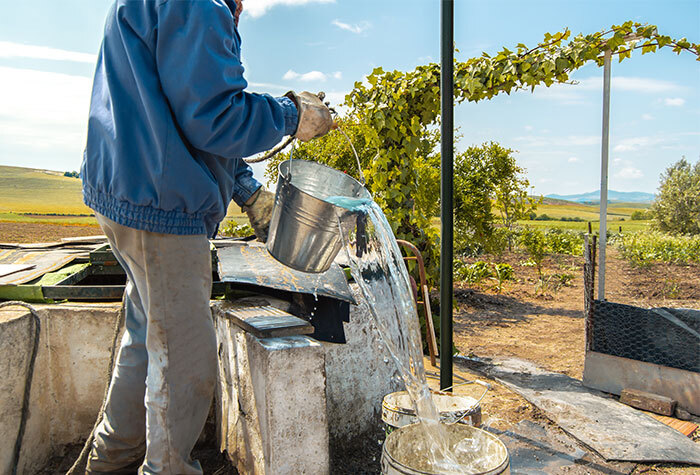
Install a Well
One of the more reliable sources of water is a personal well.
Depending on where you live, this may be a great choice for your homestead. You can dig the well yourself or hire a professional to dig it for you.
In addition to digging the well, you’ll need to install an electric pump to move the water from the ground and into your home.
If you plan to homestead off-grid, you can find a pump that uses solar power or consider other ways to get water from your well when the grid is down.
Harvest Rainwater
While installing a well is a project that will take time and money, you can start rainwater harvesting today. All you need is a bucket.
Rainwater harvesting is simply collecting rainwater with the intention of using it elsewhere around the homestead. You can use rainwater for practically everything around the homestead—except for drinking.
Here are some ways you can use rainwater:
- Watering the lawn
- Washing cars
- Doing laundry
- Cleaning outdoor spaces
- Adding to toilet tanks for flushing
- Filling a pool
- Bathing your animals
If you plan to use rainwater harvesting as your main homestead water management source, you’ll need to install a water filtration system to enable you to drink the water and use it for cooking.
But before you start rainwater harvesting, check your state regulations. Unfortunately, some states do put limitations on rainwater harvesting, such as a limit on the number of barrels you are allowed to collect.
[Related Read: Rainwater Harvesting]
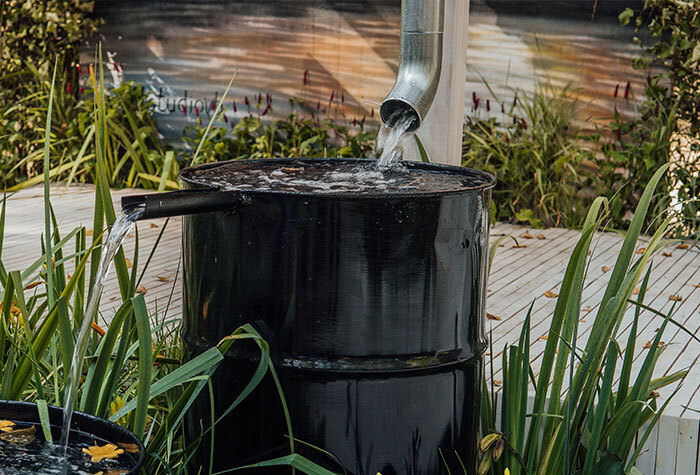
DIY Rainwater Harvesting Collection System
Here are simple instructions for a Rainwater Harvesting Collection System from Honey Creek Homestead.
Materials needed:
- Rain barrel(s) (50-100 gallon capacity)
- Gutter and downspout components (e.g., gutter, downspout, diverter, filter)
- Overflow hose
- Sealant (e.g., silicone caulk)
- Basic tools (e.g., drill, screws, wrenches)
Instructions:
- Choose a suitable location for your rain barrel(s) near a downspout from your roof. Ensure that the area is level and stable.
- Install the gutter and downspout components to direct rainwater into the rain barrel(s). This may involve cutting the downspout, attaching a diverter, and adding a filter to prevent debris from entering the barrel.
- Install an overflow hose to divert excess water away from the foundation of your homestead.
- Use a sealant to secure all connections and prevent leaks.
- Place the rain barrel(s) on a solid surface, such as a concrete pad or cinder blocks, to elevate them for ease of use and to allow for gravity flow of water.
- Test your rain barrel system by allowing rainwater to flow into the barrel(s) and checking for any leaks or issues.
- Use the collected rainwater for various purposes on your homestead, such as watering plants, gardens, or animals, or for cleaning tasks.
Strive to Conserve Water Regularly
One thing all homesteaders should do is calculate their water usage. It can be shocking to see just how much water you use on your homestead.
It will also serve as a wake-up call. You will want to conserve water regularly after discovering just how much you use and waste.
Here are some water conservation tips for homesteaders:
- Avoid watering your lawn or garden during the hottest part of the day.
- Plant according to your growing zone. Make water-wise choices when planning your garden.
- Add organic matter to your garden that increases water retention.
- Time yourself while showering.
- Turn water off when it’s not being used, such as while brushing your teeth.
- Only use the laundry machine or dishwasher when there is a full load.
- Don’t leave the faucet running while washing produce. Rinse them in a pan of clean water instead.
- Don’t dump water down the drain. Reuse gray water.
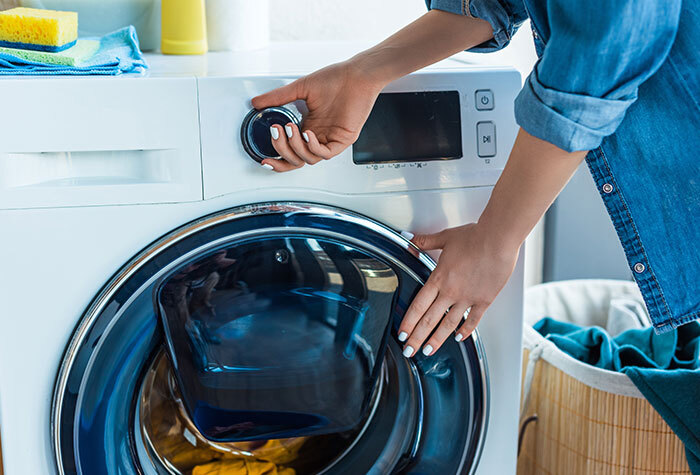
Reuse Gray Water
While you shouldn’t drink your bath water, you can still use your bath water to water your lawn. You can also use water from your bathroom sinks and even your washing machine.
Gray water is not exactly clean, but it’s nontoxic and disease-free. It can be used on the homestead to water your plants, do laundry, flush toilets, wash cars, and more.
The problem with gray water is that we are so used to simply letting it go down the drain, that we miss out on its benefits. That is, unless you have a homestead water management plan for collecting gray water.
[Related Read: Gray Water Guide to a Nearly Endless Water Supply]
Here are some ideas for collecting gray water:
- Place a bucket in your shower. Use the bucket to collect the water that comes from the faucet before you shower.
- Collect ice. Toss ice cubes into your garden or your dog’s water dish.
- Save water from cooking. Place a bowl under your colander whenever you rinse vegetables, fruit, and pasta. Don’t dump used boiling water, such as from eggs or pasta.
- Reuse dirty aquarium water. Instead of pouring out a tank full of water, reuse it in your landscaping. Conserve Energy Future explains, “[Aquarium] water is very good for plants because it contains materials such as nitrogen, phosphorous, potassium and ammonium and other microorganisms found in soil sediments, which can act as a natural fertilizer. In doing so, however, it is advisable not to water plants with used water from saltwater aquariums as it can harm the plants due to high salt content.”
- Install a gray water collection system. It is best to work with a plumber when installing this type of homestead water management system, which can be installed indoors or outdoors. Indoor systems reuse water from showers for toilet tanks. Outdoor systems reuse water from washing machines and other indoor systems for outdoor irrigation.
Homesteads that have a water filtration system can reuse gray water in even more ways.
How will you reuse water on your homestead?
Get access to premium content and more!



